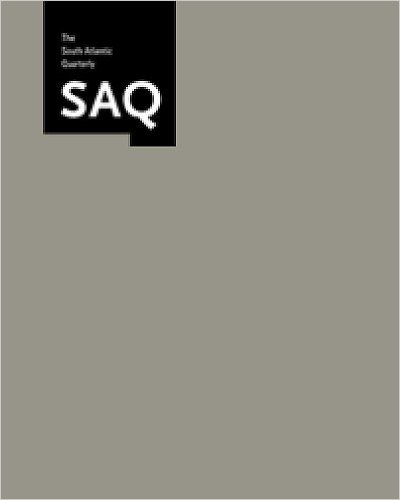This special issue of "South Atlantic Quarterly" focuses on the layered cultures of the northeast China city of Harbin and the region formerly known as Manchuria. During the first half of the twentieth-century, Harbin--a by-product of the construction of the Chinese Eastern Railway at the turn of the century--and the rest of Manchuria became the site of conflicting and competing Russian, Western, Japanese, and Chinese colonialisms. Home to emigres from the famine-ridden Shandong province, impoverished Japanese settlers, Jews fleeing the pogroms of Russia, White Russians escaping the civil war, and Koreans caught between Japanese expansionism and Chinese nationalism, Harbin was a colonial place like no other, one that eventually comprised more than fifty nationalities speaking forty-five languages.
Crossing the boundaries of their specializations, contributors respond to the complexity of this history while considering the concrete concept of place and its relation to the more abstract idea of space. A rare encounter between scholars of East Asian and Slavic studies, this well-illustrated collections includes discussions of history, politics, economics, anthropology, sociology, cinema, and cultural studies. An eclectic and comprehensive exploration of memory and its reconstruction in the Harbin-Manchuria diaspora, "Harbin and Manchuria" provides the first full treatment of this colonial encounter.
Publication Type
- Book



